
Discover How Artificial Intelligence Is Reshaping Jewelry Retail
Artificial intelligence (AI) is revolutionizing how retail jewelry brands connect with shoppers, streamline operations, and grow revenue. From personalized recommendations to smart inventory forecasting, AI gives jewelry retailers a competitive edge—especially those working in fast-moving categories like stainless steel, fashion, and trend-driven pieces. Whether you operate a brick-and-mortar store or sell online, leveraging AI tools can dramatically increase your sales in 2025 and beyond.
Let’s explore the most powerful AI strategies for retail jewelry brands and how to implement them.
AI-Powered Virtual Try-On & Visual Tools
Augmented reality and AI are changing the way customers shop for jewelry—especially online. By offering virtual try-on features, brands can build shopper confidence, increase engagement, and reduce returns.
How Virtual Try-On Increases Jewelry Sales
AI and AR-powered tools allow shoppers to "try on" rings, earrings, necklaces, and bracelets using just their smartphone or laptop camera. These tools use computer vision to detect facial features and hand shapes, rendering realistic previews of how pieces will look when worn.
Not only do virtual try-ons reduce return rates, they also enhance conversion by making the experience more interactive. This is especially effective for trend-driven pieces like oversized hoops or statement necklaces—where visual appeal drives the purchase decision.
Enhancing Product Visualization with AI
Beyond virtual try-on, AI can generate 3D product visualizations that allow customers to rotate and zoom in on jewelry pieces. These features are crucial for fashion jewelry and stainless steel accessories where texture, shine, and styling are key selling points.
Chatbots & AI-Powered Customer Support
Exceptional customer service is a major driver of retail sales—and AI can help you deliver it at scale. Smart chatbots and AI-driven help desks can answer customer questions in real time, no matter the hour.
24/7 AI Chatbots for Retail Jewelry Stores
AI chatbots are now sophisticated enough to handle inquiries about product details, shipping, sizing, and even style recommendations. This technology is especially useful for online wholesale jewelry brands where high product volume and frequent customer inquiries can strain human support teams.
AI bots can help customers choose the right chain length, identify matching earrings, or resolve pre-sale concerns instantly—leading to more conversions with less friction.
Sentiment Analysis & Post-Purchase Support
AI can also analyze reviews, returns, and chat transcripts to detect patterns and common customer issues. Sentiment analysis allows brands to proactively fix problems, respond to negative experiences, and improve satisfaction—all of which help drive long-term sales.
Predictive Analytics & Inventory Optimization
Retail jewelry brands—especially wholesalers—need to manage stock levels carefully. AI predictive analytics help forecast demand, reduce overstock, and ensure top-selling items are always available.
Forecasting Trends Before They Happen
AI tools analyze customer behavior, historical sales, seasonal shifts, and even fashion trend data to anticipate future demand. For example, if AI detects growing interest in layered stainless steel necklaces or zodiac-themed charm bracelets, your team can increase orders and marketing efforts in advance.
This demand forecasting reduces inventory waste and helps you stay ahead of seasonal trends—critical for success in fast-moving categories like fashion jewelry.
Smarter Merchandising with AI Insights
Clienteling tools powered by AI help retailers connect with past buyers by recommending products they're likely to purchase next. These tools allow in-store associates and e-commerce platforms to suggest products based on purchase history, preferences, and browsing behavior—leading to more personalized upsells and stronger customer loyalty.
Personalized Marketing & Recommendation Engines
Consumers expect personalization—and AI makes it scalable. From product recommendations to targeted email campaigns, AI lets you market the right product to the right customer at the right time.
AI Product Recommendations That Drive Sales
Recommendation engines analyze customer data—such as product views, abandoned carts, and wishlist activity—to suggest jewelry pieces that align with each shopper’s tastes. These tools can dynamically update homepage displays, shopping carts, or follow-up emails to boost conversion rates.
A shopper who browses stainless steel rings in gold tones might be shown coordinating earrings or layered bracelets that complete the look. These relevant suggestions increase average order value and reduce bounce rates.
AI Marketing in Action: A Real Retail Example
Brands like Kendra Scott use AI “copilot” tools to answer over 90% of customer questions without a human agent, while increasing total e-commerce revenue. For fashion and wholesale jewelry retailers, adopting similar AI solutions can be a game-changer—especially when product variety is high and shopping behavior varies widely.
Workflow Automation: Product Imagery & Descriptions
High-quality product photos and descriptions are critical in jewelry retail—but they can take hours to create. AI streamlines this process by automating photography and content creation.
Automating Jewelry Photography with AI Tools
AI-powered hardware like GemLightbox or GemCam helps brands capture professional-grade, 360° jewelry photos with consistent lighting and framing. These tools can automatically remove backgrounds, adjust brightness, and upload the assets directly to your online store.
This type of visual consistency helps build trust with shoppers and can significantly increase conversion rates—especially for budget-friendly pieces where polish and professionalism matter.
Creating Jewelry Photography with AI Tools

Content creation is changing drastically with the enhanced AI tools now available to everyone. What used to take a full studio setup—lights, props, models, and hours of editing—can now be achieved in minutes with the right combination of AI image generators and enhancement tools. For jewelry brands, this shift is game-changing.
AI photography tools allow you to create studio-quality visuals without ever touching a camera. You can upload a single product photo and generate endless variations—different backgrounds, model shots, lifestyle settings, or even mood-based edits like “Western desert sunlight” or “romantic coastal morning glow.” This not only saves time and money but also opens creative freedom for small teams and solo creators who previously relied on professional photographers for every campaign.
Tools like Sora, Firefly, and Midjourney are leading the way, giving jewelry brands the power to design realistic, emotionally driven images that tell a story. Imagine turning a simple pendant shot into a full lifestyle image with a biker aesthetic or coastal vibe, perfectly aligned with your brand identity.
Beyond imagery, AI editing programs such as Remini, Topaz, and Canva’s Magic Studio can sharpen details, balance lighting, and add soft reflections that make your stainless-steel or gold-plated pieces shine like they were shot under perfect conditions. With the right workflow, you can produce cohesive campaign visuals, product photos, and social media imagery that look professionally shot and branded—all from your laptop.
AI isn’t replacing creativity—it’s expanding it. These tools give jewelry brands the ability to experiment with aesthetics, test new concepts quickly, and scale visual storytelling faster than ever before.
Best AI Tools for Jewelry Photography in 2025
With new AI advancements rolling out every month, jewelry brands have more creative power than ever before. Here are some of the most effective tools that are transforming jewelry photography today:
- Sora (by OpenAI) – A video and image generation model perfect for lifelike lifestyle photography. You can prompt it to show your jewelry on realistic models, in specific environments (like a desert highway or coastal boutique), and even with precise lighting effects like “golden hour sunlight on polished steel.”
- Midjourney v6 – Ideal for concept art and brand moodboards. Great for creating visual direction before a shoot—like imagining your “Western biker collection” on a dusty road or “coastal pearl line” under soft blue light.
- Firefly & Canva Magic Studio – Best for quick editing and composite creation. These let you generate realistic shadows, reflections, and remove or replace backgrounds in seconds. Canva’s Magic Edit is particularly useful for teams who need fast, on-brand content without advanced editing skills.
- Remini & Topaz AI – Perfect for sharpening jewelry images, reducing noise, and enhancing clarity. These tools are essential for stainless steel or gemstone pieces where fine detail and light reflection matter most.
- Blend & Pebblely – Specialize in product scene generation. Simply upload a plain product photo, and these tools create entire lifestyle scenes—like your ring resting on a leather jacket or bracelet beside a cup of espresso.
Auto-Generating Product Descriptions
Instead of writing hundreds of descriptions manually, AI tools can generate detailed, keyword-optimized copy based on specs like material, color, style, and dimensions. Whether you’re selling stainless steel bracelets, fashion chokers, or multi-piece jewelry sets, AI ensures that your listings are clear, compelling, and SEO-friendly.
Pro Tip: Before requesting AI to write a product description for you, give a detailed brief of your ideal customer persona before and use that to tailer the copy around what resonates best with your customer for optimum performance.
Ethical AI, Data Privacy & Customer Trust
As you adopt AI in your jewelry business, transparency and ethics are essential. Shoppers care how their data is used—and retailers must use AI responsibly.
Responsible Use of Customer Data
Retailers should be upfront about how they collect, store, and use customer data to fuel AI systems. This includes offering opt-in or opt-out options for personalization and clearly stating how AI influences product suggestions or pricing.
Implementing privacy-first practices not only builds consumer trust, but also ensures compliance with regulations like GDPR and CCPA.
Avoiding Bias in AI-Powered Decisions
AI systems should be audited regularly to prevent algorithmic bias—especially in product recommendations or dynamic pricing. Responsible AI practices ensure that all customers get a fair and inclusive shopping experience.
Final Thoughts: AI Is the Future of Jewelry Sales
AI is no longer just a buzzword—it’s a powerful tool that helps retail jewelry brands grow faster, operate more efficiently, and connect more deeply with customers. Whether you're a fashion jewelry retailer or a wholesale distributor focused on stainless steel and trend-driven designs, embracing AI can help you:
-
Offer personalized shopping experiences
-
Streamline customer service with chatbots
-
Predict demand and optimize inventory
-
Increase conversions with smart marketing
-
Automate visual content creation
-
Build long-term customer loyalty
By strategically integrating AI across your sales, service, and marketing workflows, you’ll be ready to stand out in a competitive market and meet the evolving expectations of modern shoppers.
FAQs for AI Inventory Management in Retail Jewelry
What is AI inventory management in retail jewelry?
AI inventory management uses artificial intelligence to track, forecast, and optimize stock levels in real-time across jewelry SKUs and sales channels.
How does AI help jewelry retailers forecast demand?
AI analyzes historical sales, seasonal patterns, and consumer behavior to predict which products will be in demand—helping retailers order smarter.
Can AI automate inventory restocking for jewelry stores?
Yes. AI can automatically generate purchase orders when stock drops below predictive thresholds—helping reduce stockouts and manual tracking.
What’s the benefit of real-time inventory visibility?
Real-time inventory tracking prevents overselling, improves fulfillment accuracy, and lets retailers adjust pricing or promotions on the fly.
Is AI inventory management suitable for small jewelry retailers?
Absolutely. Even small retailers benefit from smarter reordering, reduced aging inventory, and better margin control using AI tools.


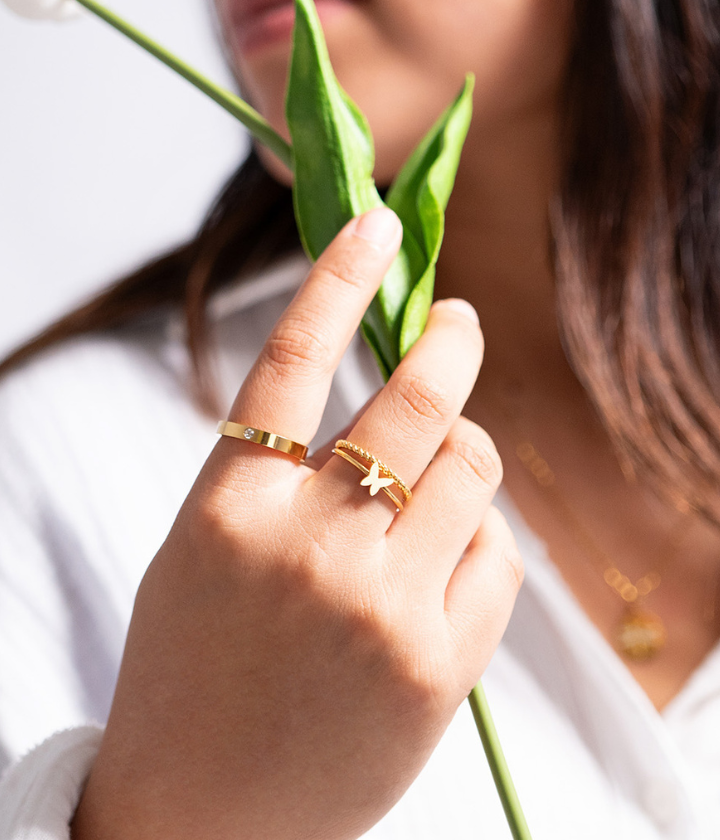
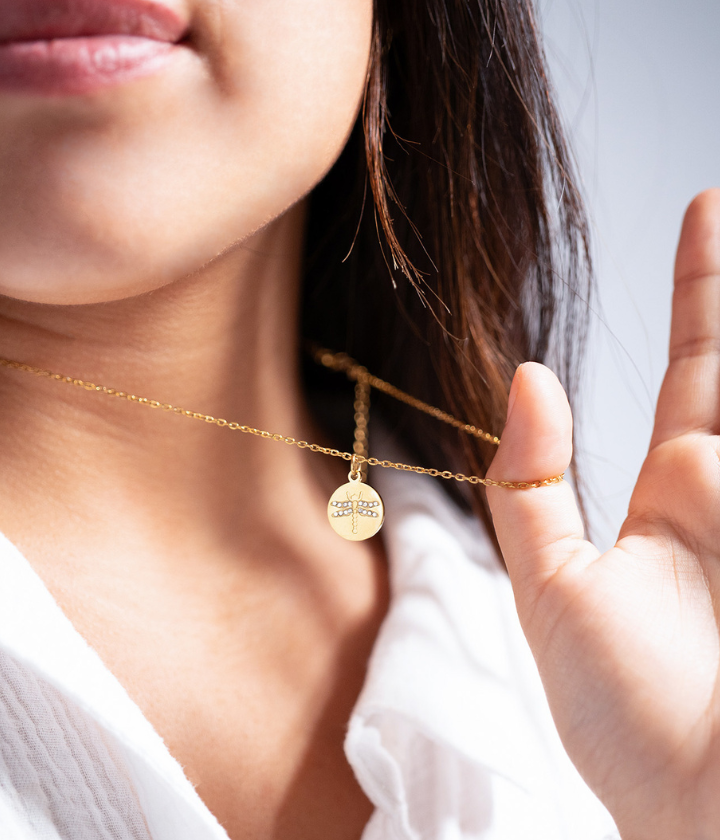
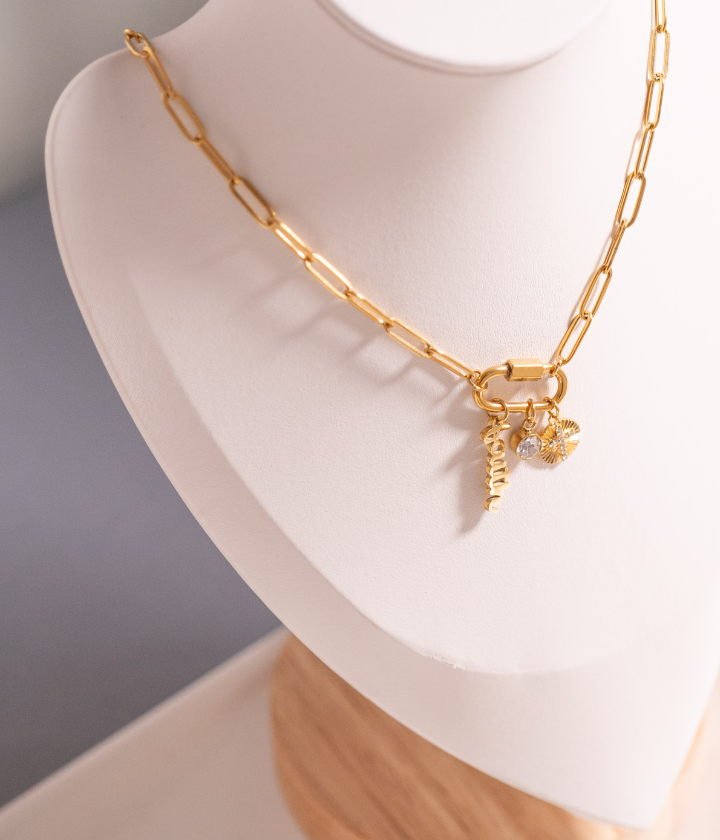
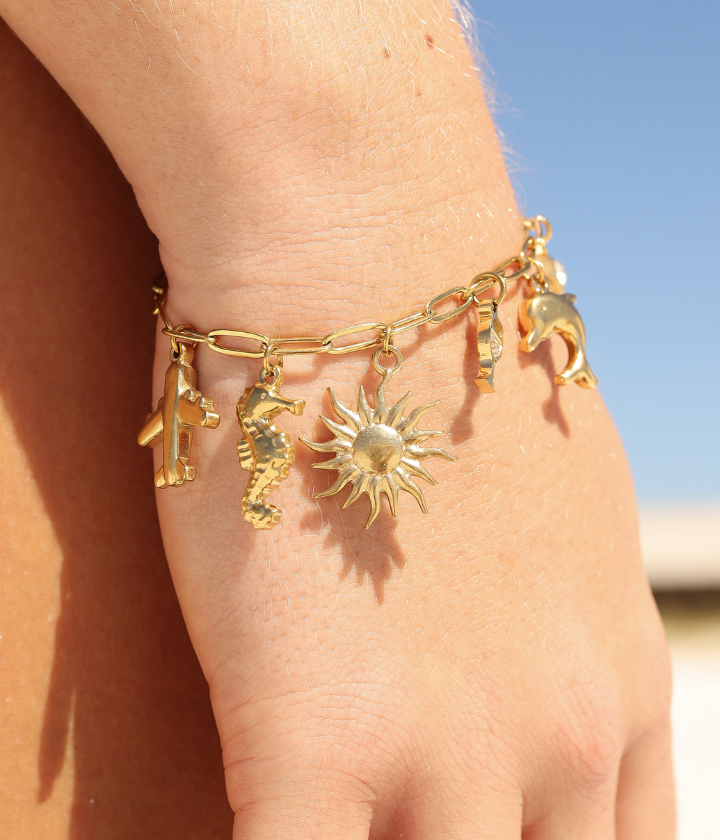
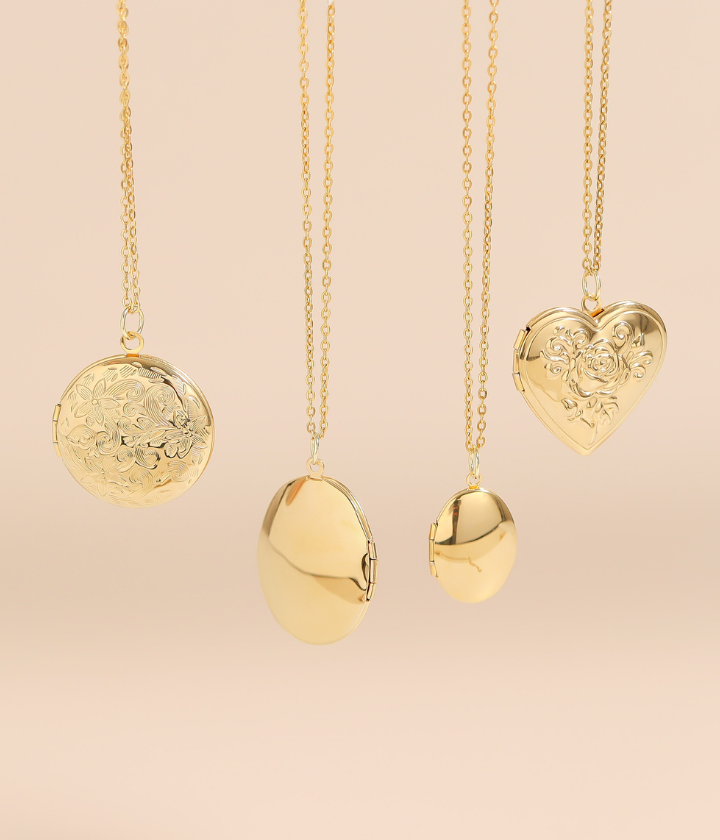
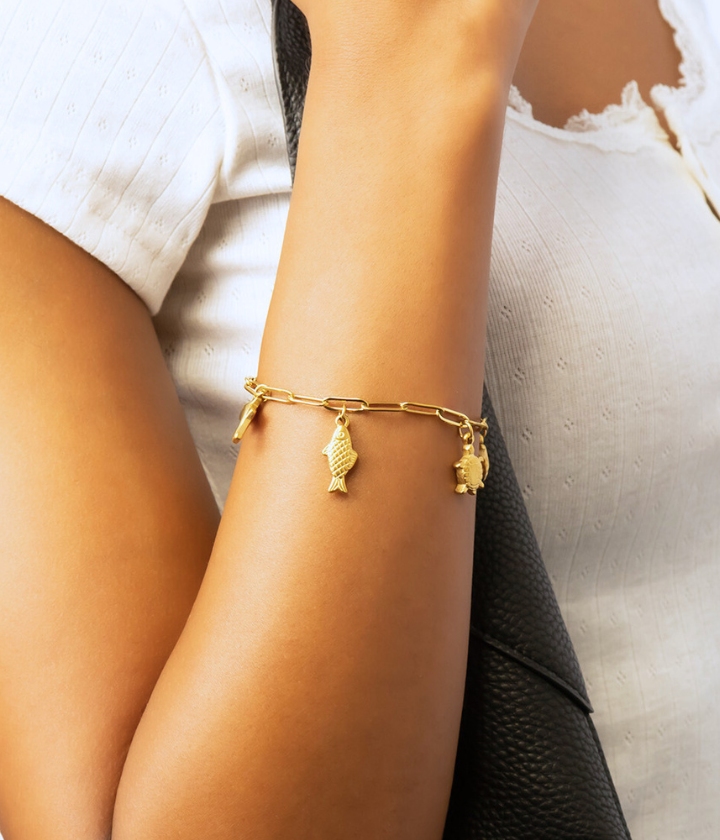



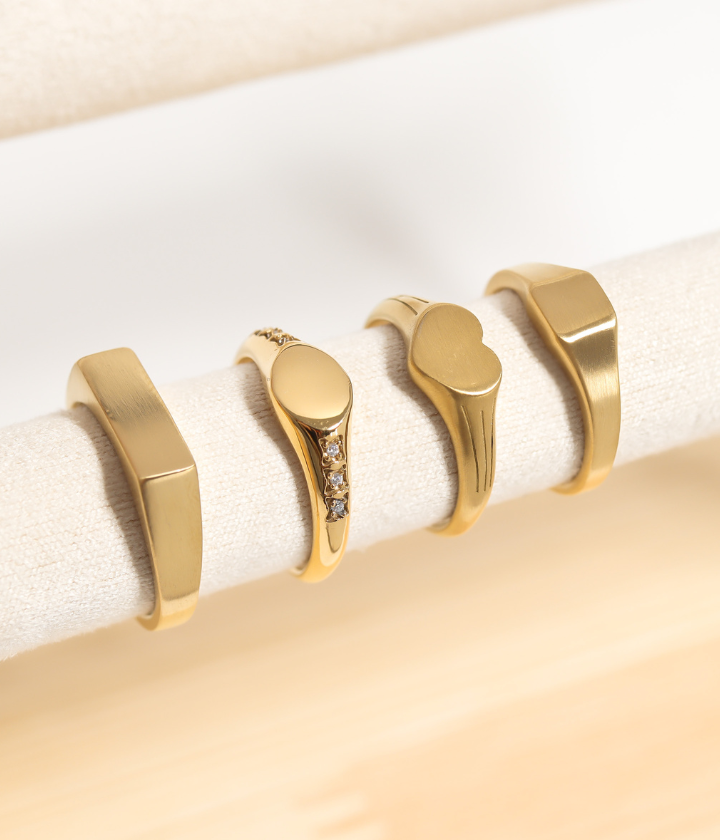
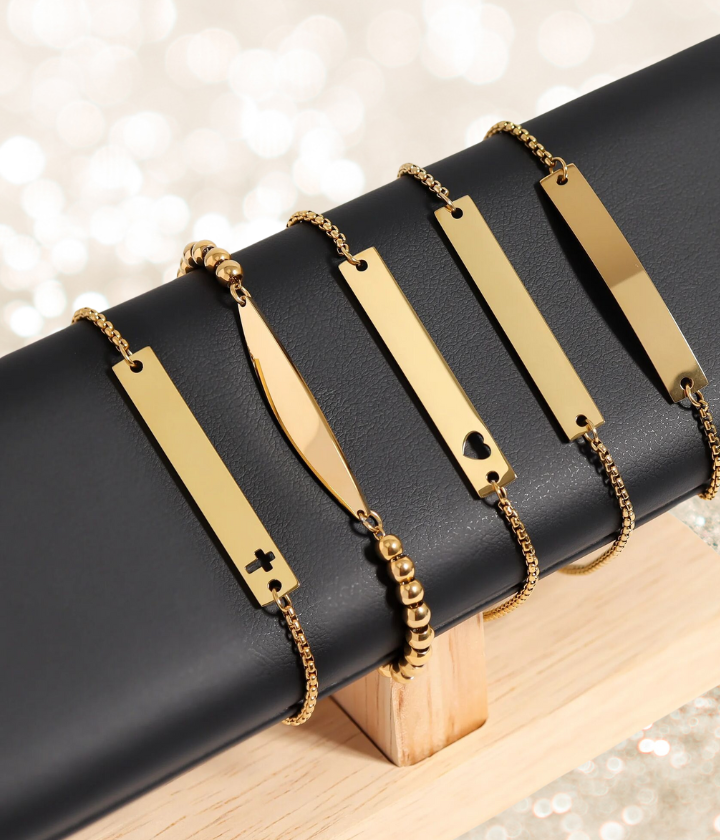
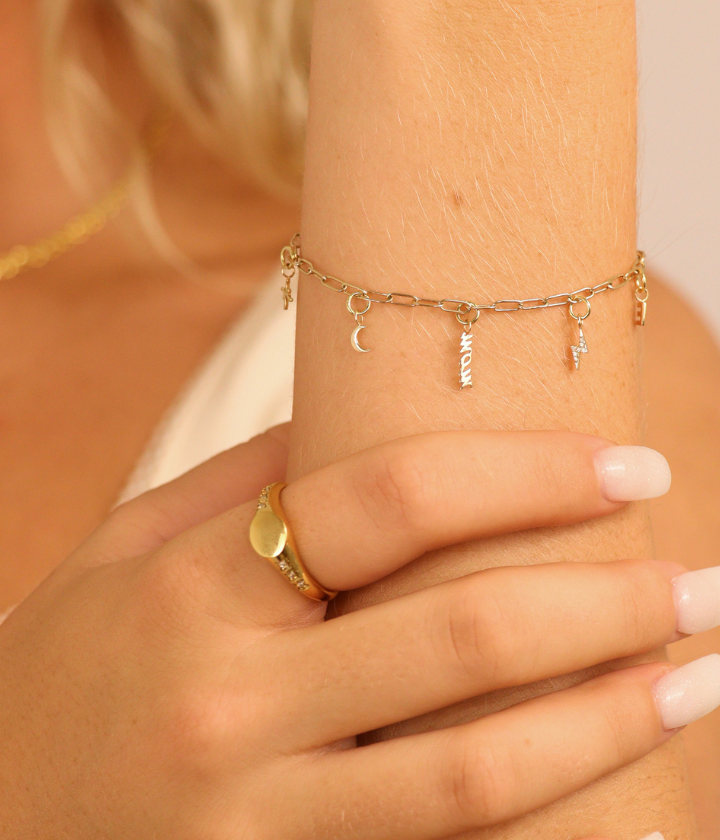
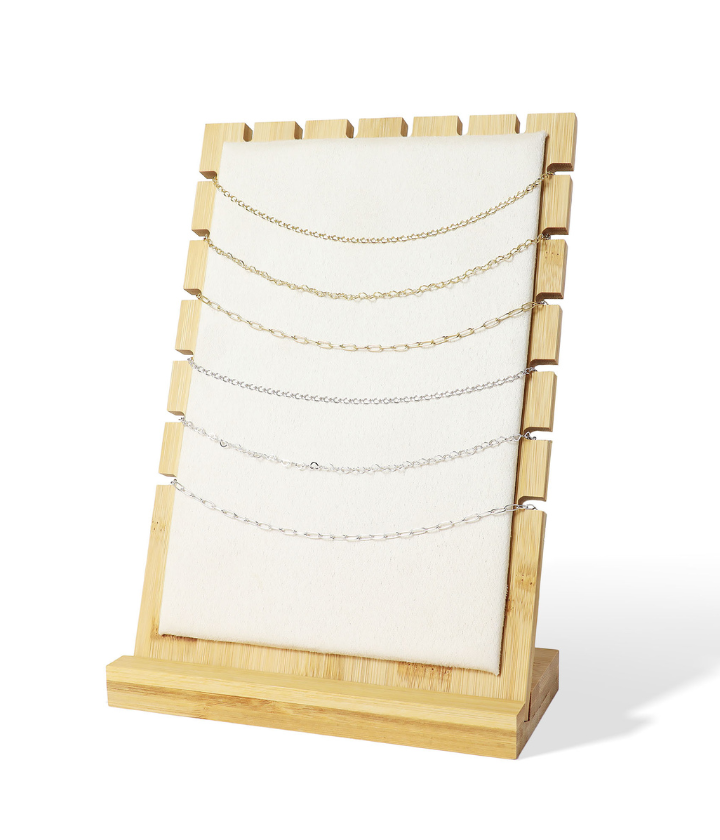
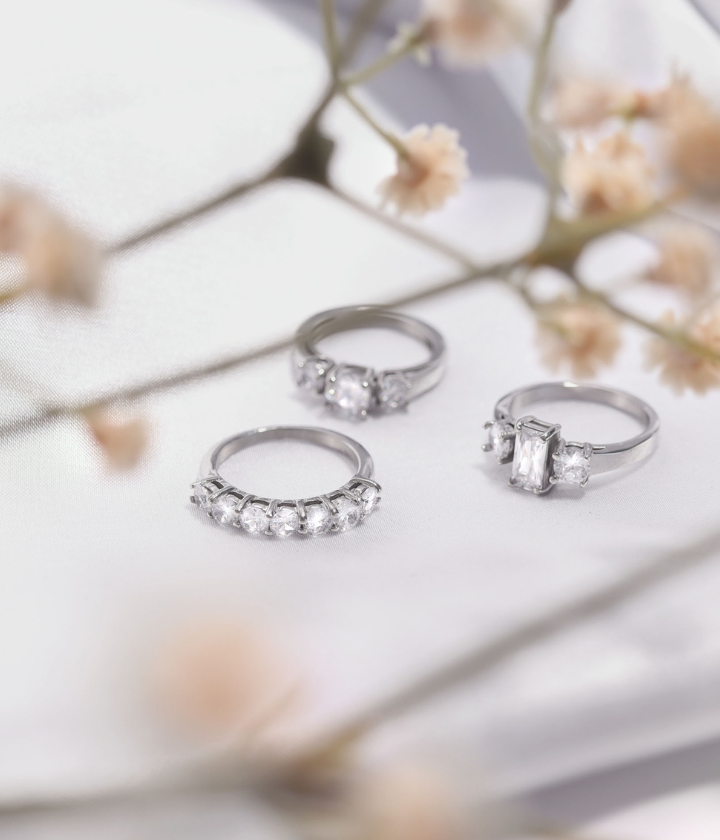








Earlier I thought differently, many thanks for the information.
https://www.myminifactory.com/users/findycarlv